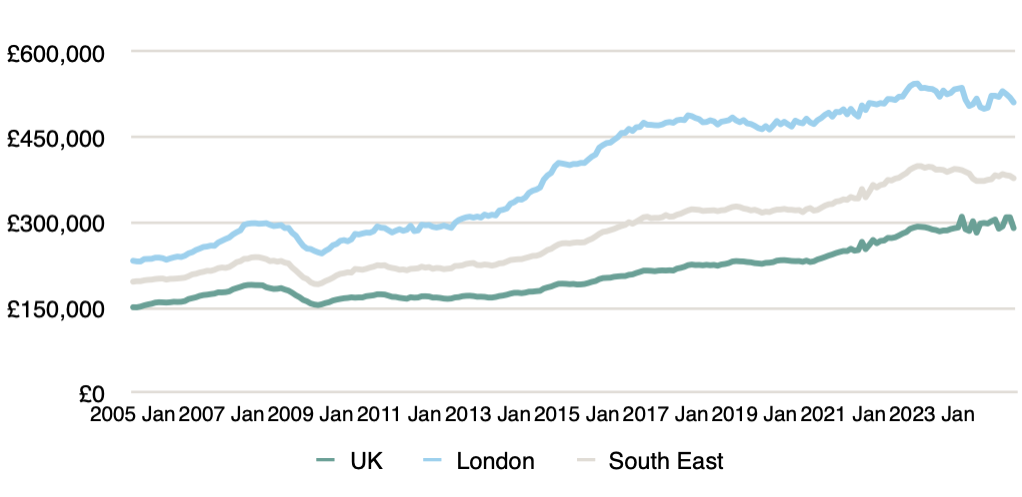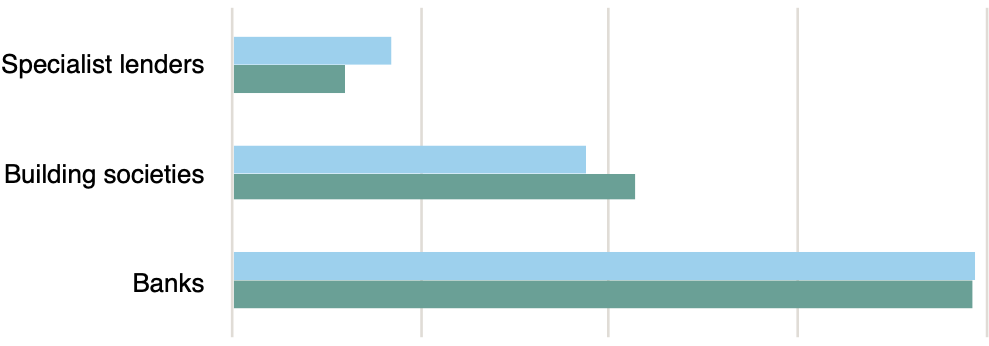LGB’s alternative lending market view
With a number of our clients and MTN issuers in the alternative lending space, LGB has a particular understanding of the market, which has evolved significantly over the last decade. As a result, our Capital Markets teams have specialist knowledge in the area and its opportunities. On this page we offer our perspective as the alternative lending market evolves over the course of the financial year.
Quarterly alternative lending insights
From Roma Finance, which is a lender specialising in property, to Rivers Finance Group, which offers asset finance, leasing and business loans, LGB has had a front row seat to the growth and success of the alternative lending sector. Here are our latest insights from the last quarter.
Property lending
Property has always been a popular market for lenders, but with traditional banks being increasingly risk averse, it has become more challenging to obtain borrowings in some sectors. Alternative finance providers have therefore stepped into the space with great success, particularly in areas such as bridging finance or the buy-to-let mortgage market.
Property market resilience
Despite a higher interest rate environment in the UK, house prices have remained relatively resilient in recent years with some regional variations. UK property prices measured by the Office for National Statistics (ONS) showed a modest softening after initial interest rate increases during 2022. In their latest release, they wrote:
“Within England, the North West had the highest annual percentage change in the 12 months to December 2023 (1.2%), while London saw the lowest (negative 4.8%).”
Overall, despite the challenges presented by factors like the rise in stamp duty and cost of borrowing, house prices have generally stabilised. Some sources, including Nationwide and Rightmove, have even forecast for a rise in prices ranging from a low of 1.1% to a high of 4% over the course of 2025, despite affordability pressures.

Contributing to this resilience are a number of factors emanating from UK demographics and a chronic undersupply of housing, a relative position of strength in the mortgage and rental market, and a tightness in labour markets that is buoying wages and improving affordability.
As of 30th September 2024, the outstanding value of all UK residential mortgage loans was £1,670.9bn, which is the highest since Q1 2023 and 0.8% higher than a year earlier, according to the Bank of England.
The buy-to-let market
Notably, the buy-to-let sector has undergone a period of change during the last decade for private landlords. That includes restrictions on the ability to offset mortgage interest costs against rental income for tax purposes, an increase in stamp duty rates, and a requirement to meet more stringent energy efficiency standards. As a result, buy-to-let mortgages as a percentage of total volumes have fallen from 13.4% in Q122 to 7.9% in Q324.
It has, however, also led to the segment becoming increasingly professionalised and operating to higher standards. Given that buy-to-let landlords are predominantly high earners, taxed at a higher rate, owning properties through limited companies has increasingly grown in popularity to protect profitability, which is contributing to the growing market share of specialist lenders, predominantly taken from building societies.

Asset finance and SME business loans
Asset finance, leasing, and business loans (short- and medium-term), have been perhaps the strongest area of growth amongst non-bank and independent funders in the alternative finance sector. With traditional banks often lacking the product diversity, agility, and flexibility required for SME cash flow and business development requirements, alternative lenders have been stepping in to fill what is perceived to be a significant gap in the market and SME support.
As a result, the UK asset finance market was estimated to be worth around £38bn p.a. in 2023, according to research from the Finance and Leasing Association. Since then, it has surpassed pre-GFC and pre-Covid levels, when growth was c. 4% p.a. (2017-2019), driven by an increasing use of asset finance, withdrawal of unsecured products by large banks, and UK Government infrastructure spending (e.g. High Speed Rail 2), as well as tax incentives in the UK to encourage capital expenditure. For example, the ‘super-deduction’ – a 130% first-year capital allowance for qualifying plant and machinery assets; and a 50% first-year allowance for qualifying special rate assets, from 1st April 2021 until 31st March 2023.
Meeting the challenges of SMEs
Looking at the end of 2024, the British Business Bank noted that the UK economic environment remained difficult for SMEs, which was in direct parallel with the continued growth of the asset finance market. With forecasts suggesting that a challenging climate is here to stay for the foreseeable future, businesses appear to be galvanising themselves accordingly by shoring up working capital.
Following on with data from the start of 2025, they wrote:
“Challenger and specialist banks accounted for 60% of gross lending to smaller businesses in 2024, reaching £37.3 billion and outperforming the UK’s big five banks for the fourth consecutive year, according to the British Business Bank’s Small Business Finance Markets 2024/25 report.”
Ongoing growth in a competitive market
This is in line with an ongoing trend, whereby the Government’s open call for evidence on Small business access to finance, updated on 31st March 2025, wrote:
“Private debt funds have become an increasingly important source of finance for smaller businesses that are seeking to grow quickly. Lenders have also gained significant shares in asset finance and invoice finance and asset-based lending (IF/ABL) markets. The Finance and Leasing Association estimate that 37% of new SME asset finance was supplied by non-bank lenders in 2023 with challenger and specialist banks also increasing their share in recent years.”
These trends have been reflected to date in the growth and profitability of the MTN issuers we have delivered funding for in the alternative finance space, notably where they have carved out specific areas of expertise and specialist funding solutions.













